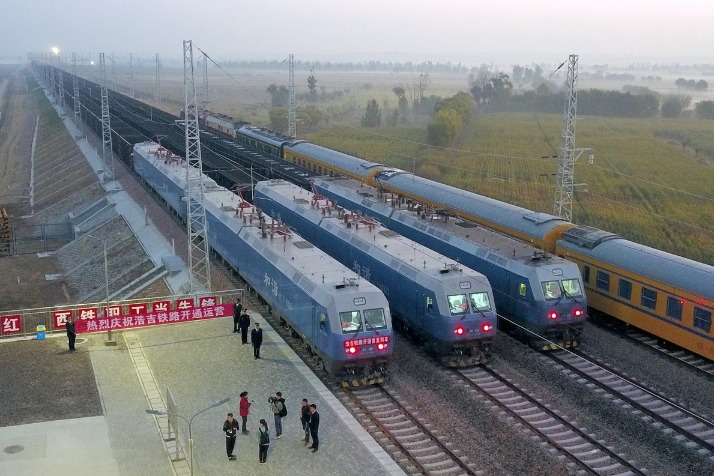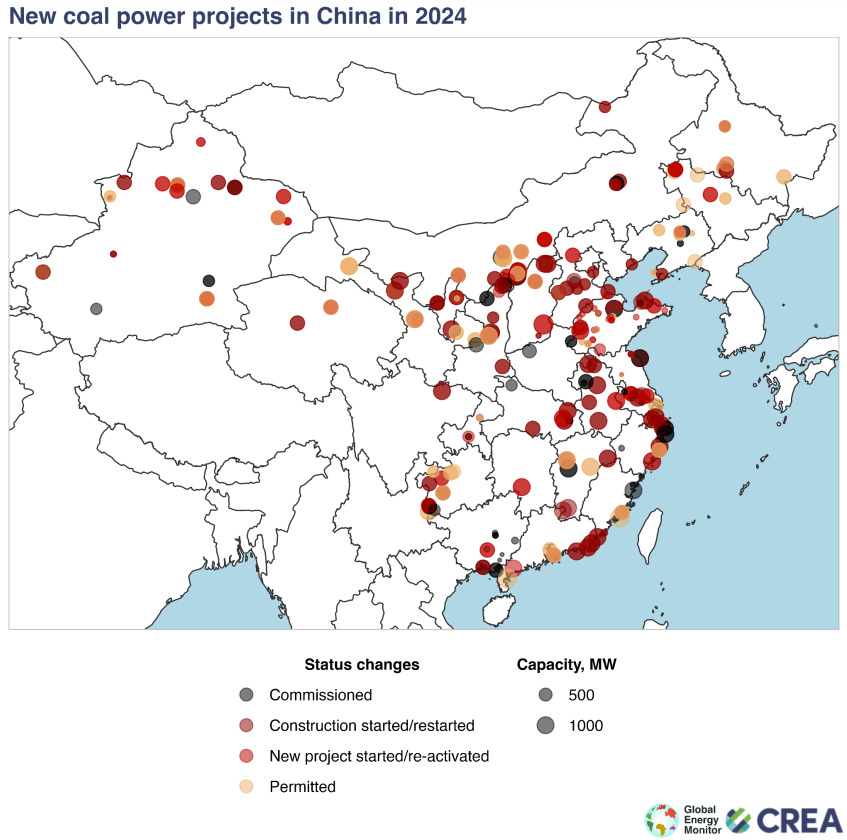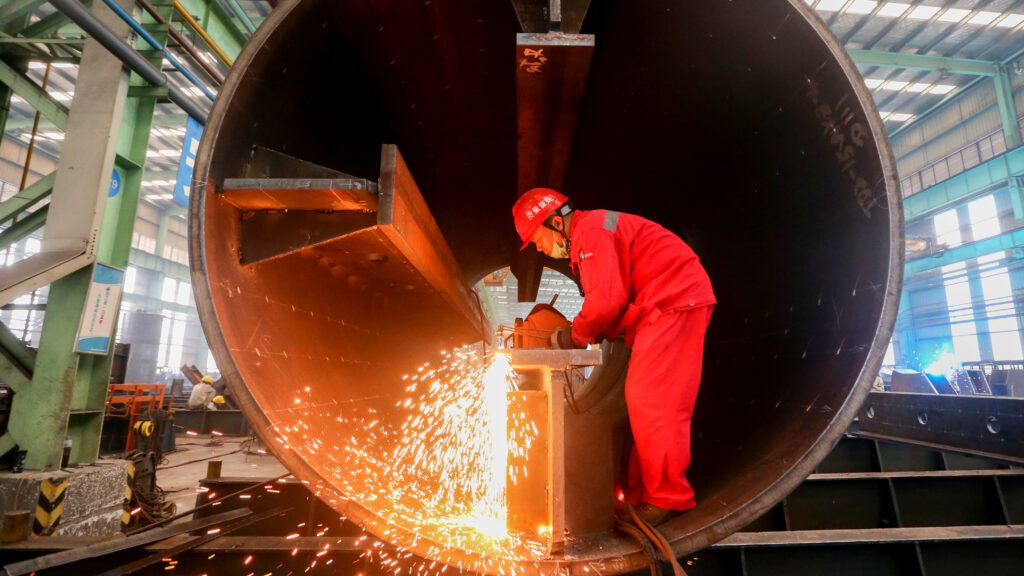China’s top coal-producing province of Shanxi intends to stabilize output of the fossil fuel this year with officials skipping production targets, after energy security concern saw targets rise in the previous two years. The province accounted for nearly a third of production last year when overall national output hit a record high.
Shanxi Vice Governor Wu Wei told a provincial delegation at China’s annual parliamentary meeting that the province would “make every effort to stabilize coal production and supply”. Shanxi delegate Zhang Linshan told reporters on the sidelines of last week’s provincial meeting that deliberations differed from last year, when the province announced an increase of 60 million metric tons for the year.
Shanxi targeted close to 1.37 billion metric tons for 2023, versus 2022 production of 1.31 billion tons. Zhang also said Shanxi was unlikely to approve new coal mines. The change in approach is in line with a regulatory notice issued last month exhorting mines to curb overproduction, in part to prevent accidents.
There is also a trend toward the consolidation of coal mines in Shanxi, Zhang said. Shanxi Coking Coal Group Chairman Zhao Jianze was quoted in local media last week recommending the industry consolidate production and bring small smaller mines under the purview of larger state-owned miners, such as Shanxi Coking Coal.
Lower coal prices last year weighed on the budget of resource-dependent Shanxi, one of China’s “rust belt” provinces. “Since last year, Shanxi’s fiscal growth has slowed down significantly due to factors such as the fall in coal prices and the decline in profit of industrial enterprises,” Wu said. Last year, the finance ministry issued “coal economic constraint subsidy funds” worth 3.92 billion yuan ($545.25 million) to Shanxi, Wu said.
He urged the central government to make such subsidies a “long-term policy”. National coal output reached 4.66 billion tons last year amid a push to ensure energy security. Around 1.36 billion tons, or 29%, was from Shanxi, statistics bureau data showed.
China has increasingly built renewable power plants in recent years, with wind and solar capacity forecast to exceed coal by year-end. Still, power sent to the grid is still mostly generated by coal, and concern over energy security has led provinces to increase output following a crippling domestic coal and power shortage in 2021.
Source: Reuters









